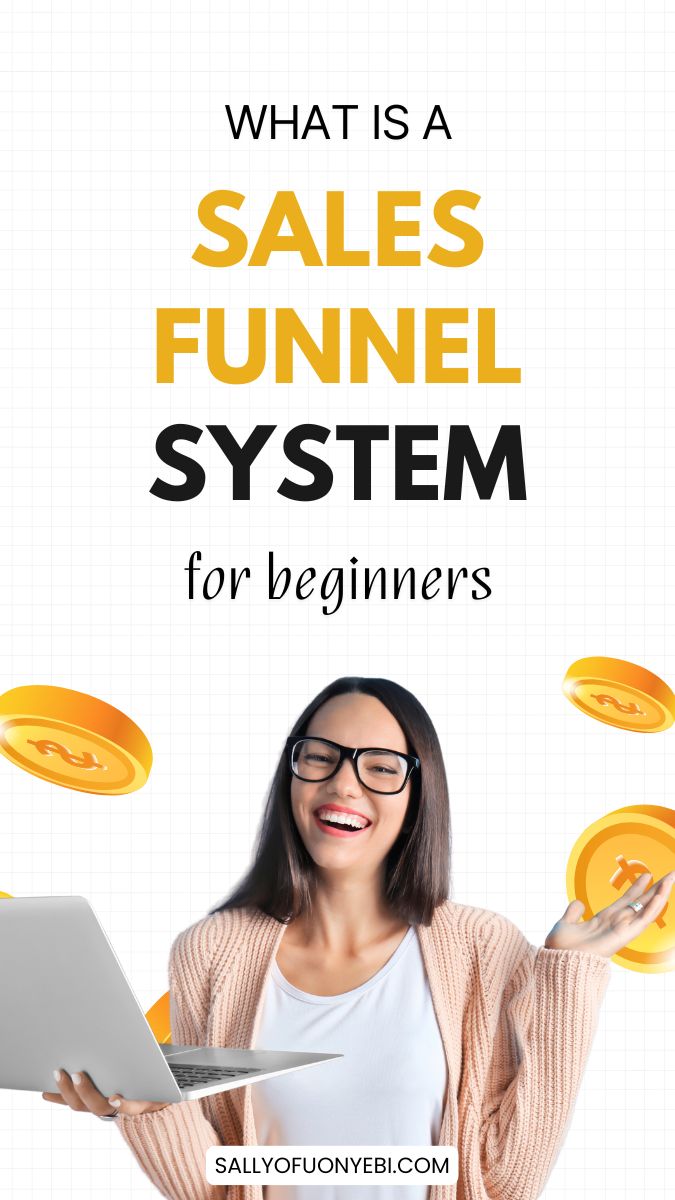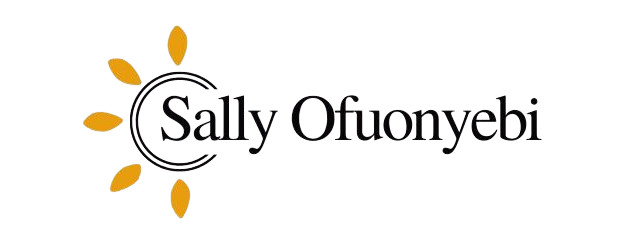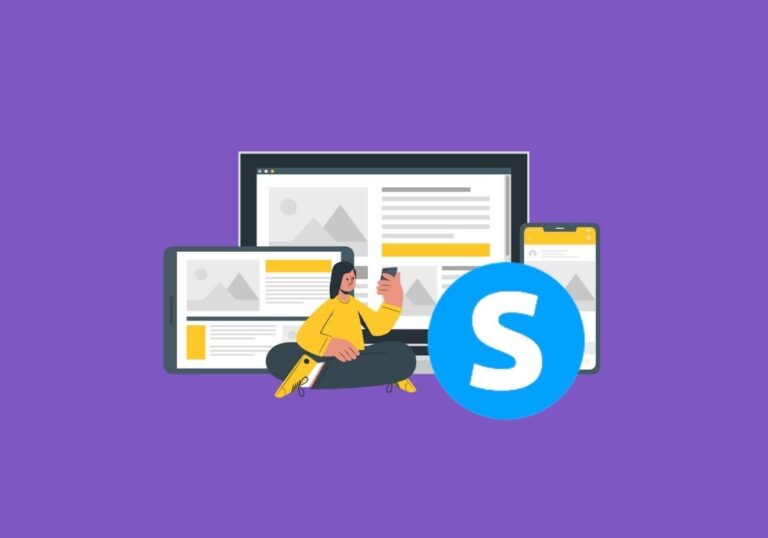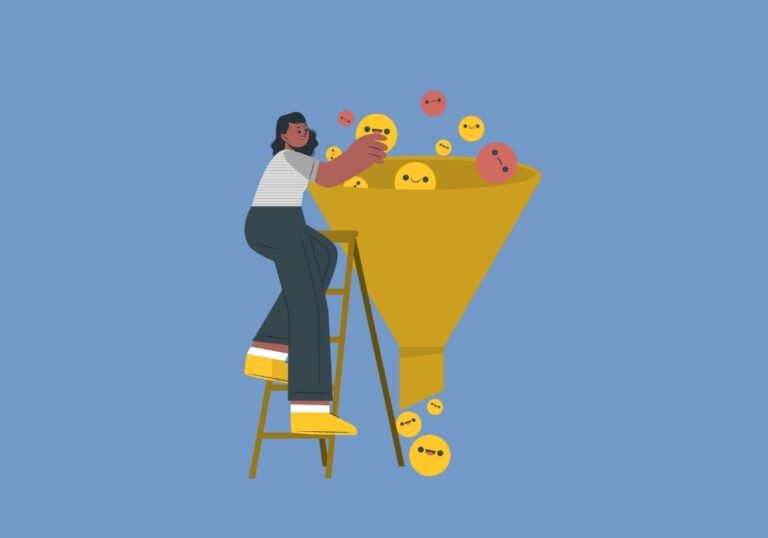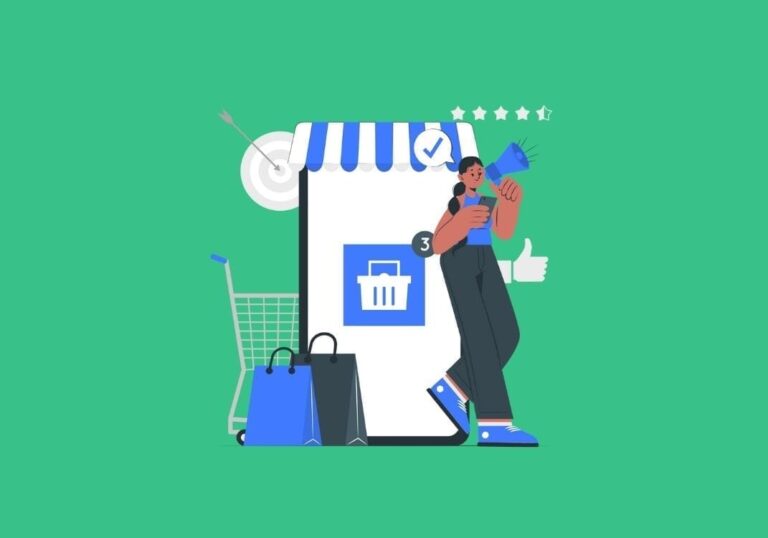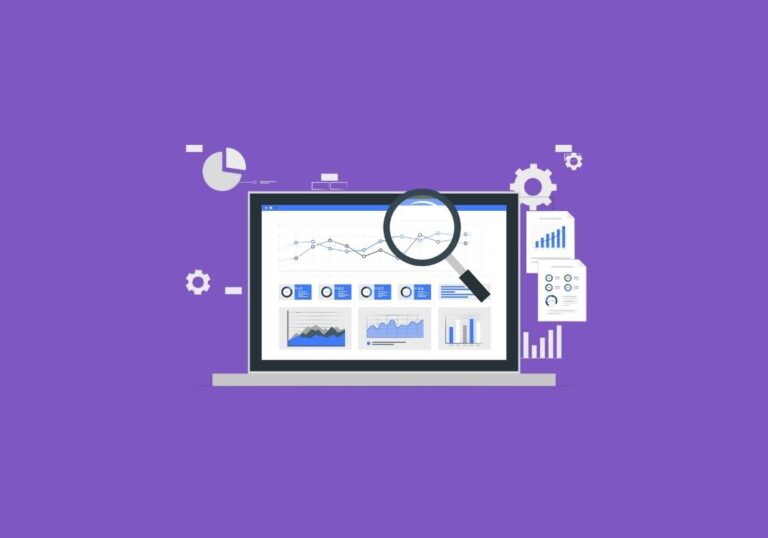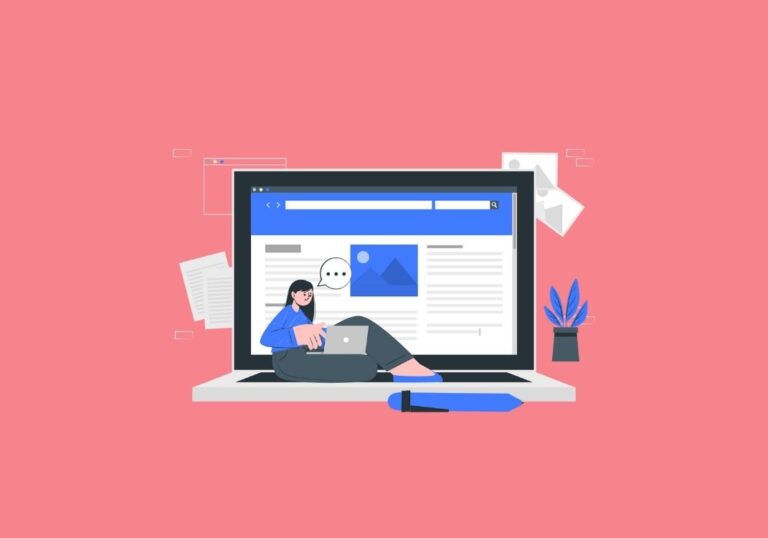What Is a Sales Funnel and How Does It Work?
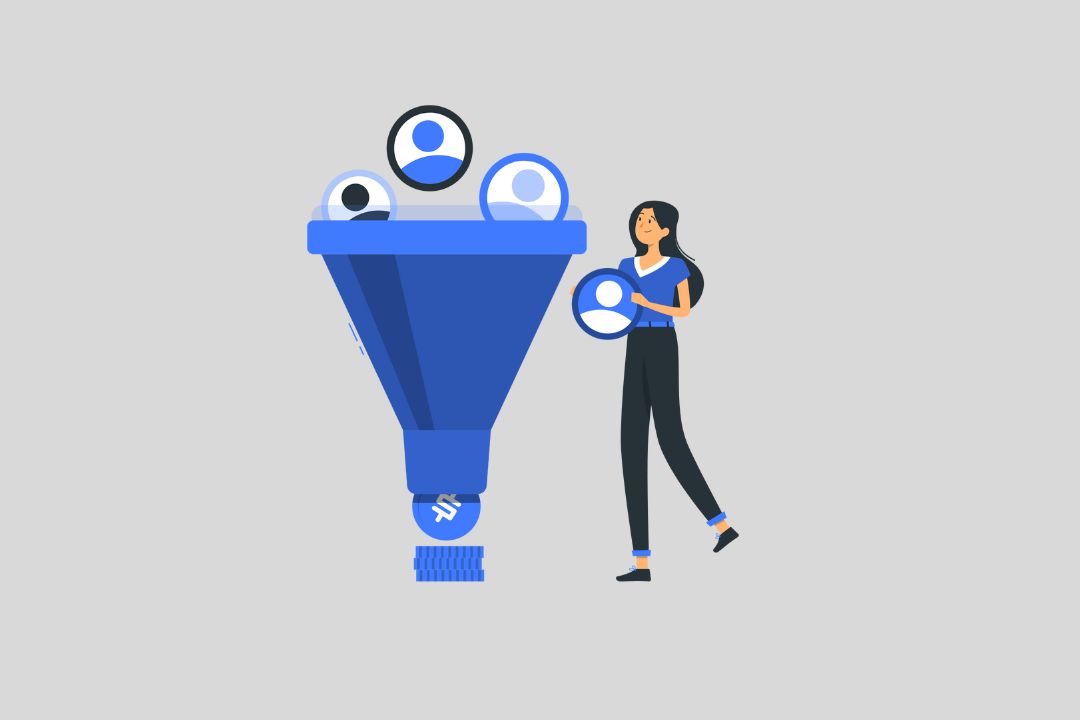
What is a sales funnel? This is the complete guide for beginners.
“You need a sales funnel.”
I’m sure you hear that all the time.
As a sales funnel strategist, I’ve seen countless business owners get this advice—but rarely in a way that actually makes sense for someone trying to simplify their sales.
I know because I’ve watched other entrepreneurs struggle to turn their ideas and existing products into predictable revenue systems.
But since building sales funnels is my absolute favorite thing, I want to break it down for you, step by step.
In this guide, you’ll learn everything about how sales funnels work and what you need to create yours.
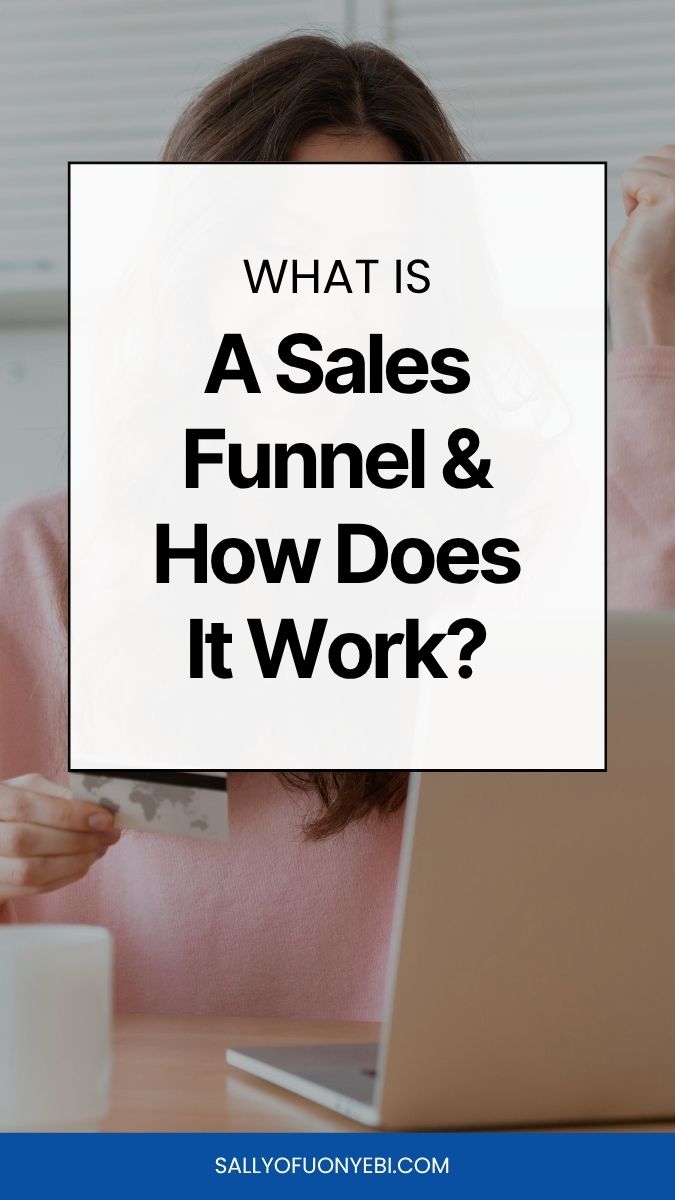
So, What is a Sales Funnel?
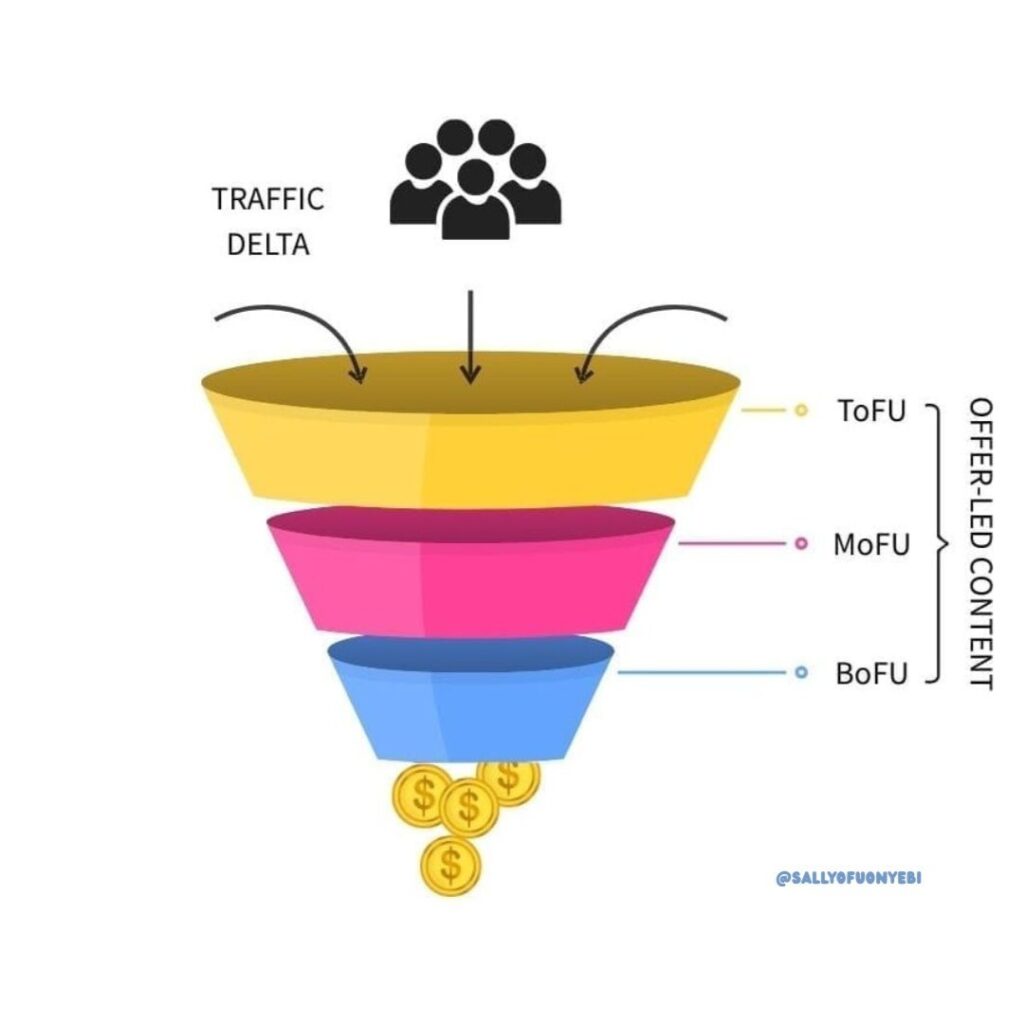
A sales funnel is a strategic plan that guides people step by step—from first hearing about your business to becoming paying customers of your brand.
Each stage of the funnel is designed to move people closer to a buying decision.
You start with a low-friction entry point so they can experience the value you offer without risk. Once they’re in your world, you nurture that relationship, prove you understand their problems—and finally, offer a relevant solution that’s worth investing in.
Types of Sales Funnels
Most entrepreneurs and business owners use one of two funnel types, depending on their goals:
1. Live Launch Funnel
This is a time-sensitive sales funnel designed to promote an offer you’re live-launching.
Your goal here is to build anticipation and convert interest into sales within your launch window—usually anywhere from 7 to 14 days. You can do this multiple times a year to ramp up sales.
2. Evergreen Funnel
An evergreen funnel, on the other hand, is a sales funnel built to run continuously.
It’s automated, scalable, and works behind the scenes to bring in leads and convert them into clients year-round.
Think of it as a sales system that attracts the right people, gives them value, nurtures the relationship until they’re ready to buy, and converts them to buyers.
Related: Why You Need an Evergreen Funnel vs Launch Funnel
The 3 Main Stages of a Sales Funnel
There are three main stages of a sales funnel.
- Top of the funnel (ToFU)
- Middle of the funnel (MoFU)
- Bottom of the funnel (BoFU)
Top of the Funnel (ToFU): Attraction
This is the point at which you attract your ideal customers and make them aware of your brand.
The goal here is to get as much reach as you can.
Focus on creating helpful and educational content that addresses the main challenge, pain points, and interests of your ideal clients. Your content can be blog posts, social media content, podcast episodes, or YouTube videos.
Middle of the Funnel (MoFU): Retention
At this stage, your audience is aware of their problem and is actively looking for solutions.
Your job is to engage prospects and position your brand as a viable solution.
Provide gated, in-depth information that highlights your expertise and the benefits of your products or services. Here, you should focus on building relationships and providing ongoing value through exclusive content and offers.
Bottom of the Funnel (BoFU): Conversion
Your audience is this close to making a decision, and your message needs to give them that final, gentle nudge to choose your product or service.
At this stage, your content should:
- Address any lingering doubts or objections
- Highlight the benefits of your offer/working with you
- Make it easy to take the next step
For example: process breakdown, sales page, product tour, video review.
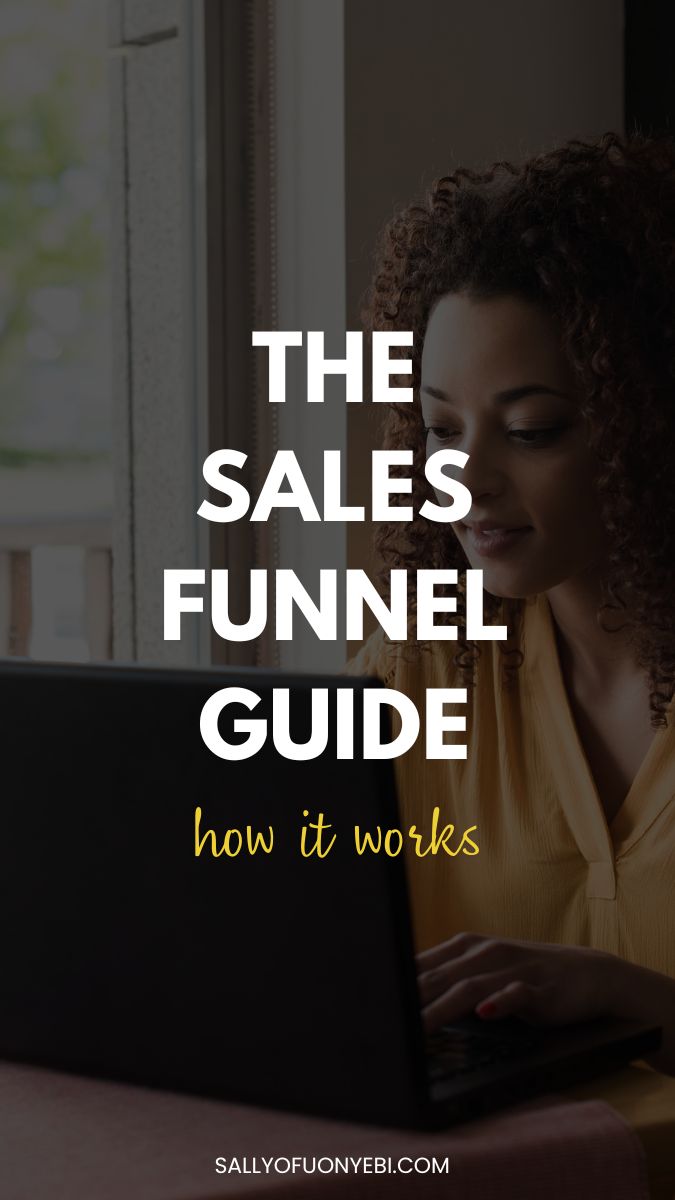
What You Need to Build a Sales Funnel That Works
You need a few things to build a sales funnel. These include:
1. Ideal Client Research
You can’t build a profitable sales funnel if you don’t know who it’s for.
It’s not just about demographics. You need to understand your ideal client’s goals, frustrations, and buying behaviors.
- What do they want most?
- What’s standing in their way?
- How does your offer help bridge that gap?
If you’re not sure how to gather these insights, use the Ideal Client Handbook. It walks you through the entire research process step by step, plus copy templates to use.
2. A Compelling Lead Magnet
People are overwhelmed by all the options on the internet.
They just want someone who gets them… Someone they connect with… Someone who has the solution they’ve been looking for… (That’s why step 1 is figuring out those goals).
They want help without having to binge-read 14 different articles with varying key points from different experts.
So, how do you show your ideal client that your offer is their best bet?
Use a valuable lead magnet.
This could be a checklist, guide, worksheet, swipe file, or template. Just ensure it’s relevant to their needs and naturally leads into the rest of your funnel.
3. A Paid Offer
Your sales funnel exists to support one thing:
Sales.
So, you need a paid offer. It’s what your lead magnet will lead to eventually.
Whether it’s a course, coaching package, or a service, your offer should:
- Be relevant to your audience’s goals
- Be specific about the transformation it delivers
- Be structured and priced in a way that makes sense for your audience
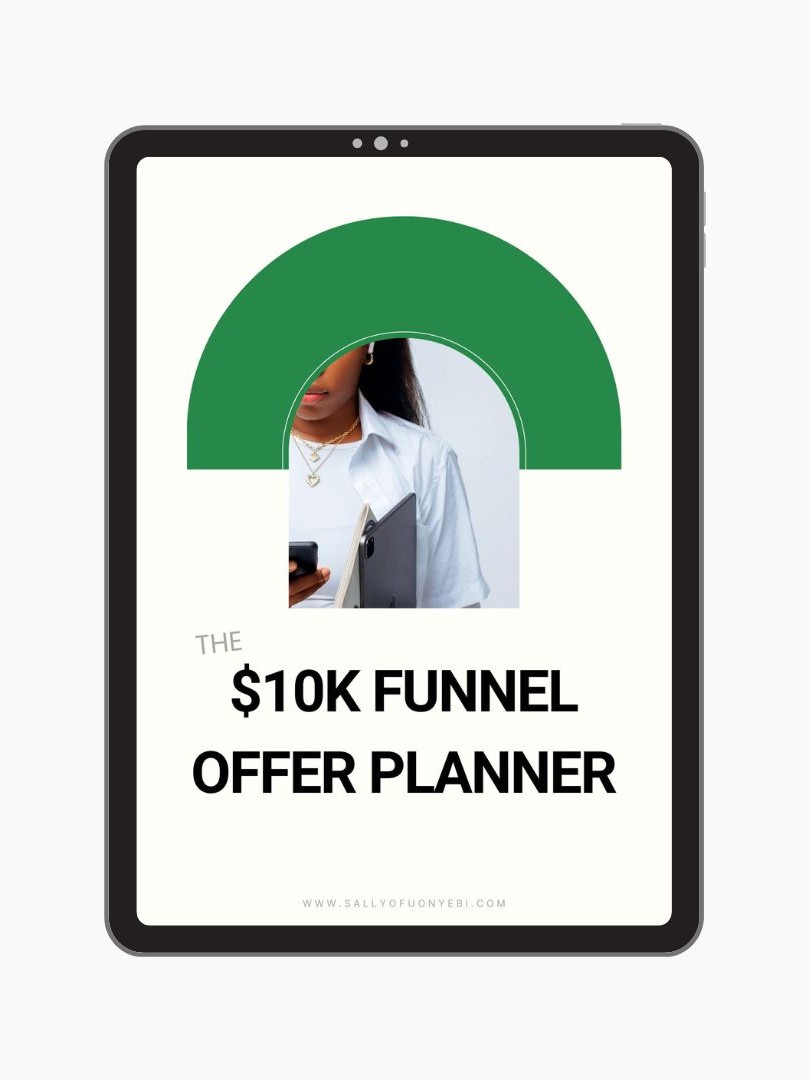
The Evergreen Funnel Offer Planner
Tired of guessing what to sell—or creating offers that don’t sell? Grab this guide to plan a profitable evergreen offer that brings in consistent sales
Related: 6 Types of Offers Your Funnel Can Sell (Even in a Slow Economy)
4. Sales Copywriting
Copywriting is how you communicate the value of your offer. And it can make or break your funnel.
Your sales messaging encompasses two key things: your sales email sequence and your sales page copy.
To write messaging that converts:
- Speak to the real challenges your audience faces
- Use their language, not industry jargon
- Focus on transformation, not just features
- Paint a clear picture of what life looks like after working with you
(Grab the Sales Page Copywriting Template and the Sales Funnel Sequence to perfect your funnel copywriting.)
5. A Simple System
Once your funnel is mapped out, you need to bring it to life through an automation workflow.
For this, you don’t need a complex tech stack. The goal is to make it easy for you to sell to the right people to say yes.
That’s why I always recommend the best all-in-one sales funnel platform, Systeme.io. It does it all… your opt-in page, email sequence automation, sales page, offer hosting, metrics tracking, and automation.
See my full Systeme.io review post.

The Evergreen Funnel Offer Planner
Tired of guessing what to sell—or creating offers that don’t sell? Grab this guide to plan a profitable evergreen offer that brings in consistent sales
Build Your Sales Funnel
A sales funnel doesn’t need to be complicated, but it does need to be well thought-out.
More importantly, it doesn’t have to take forever. With the right strategy and tools, you can map out and build your first funnel this weekend.
In the Profitable Funnel Launchpad, I show you step-by-step how to map out your first working sales funnel.
Looking for more sales funnel resources? Check out the template shop.
